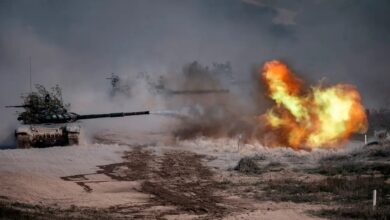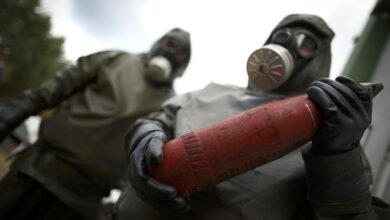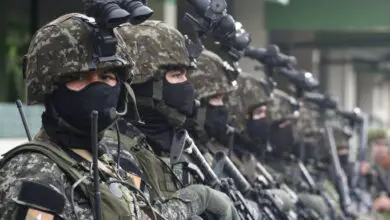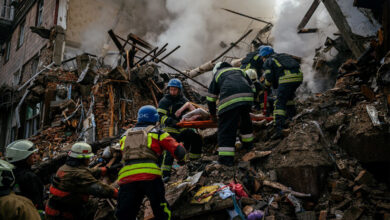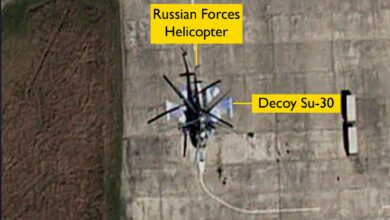Chinese to Replace Russian J-20 Fighter Engine with Domestic Version
China will replace the Russian engine currently fitted in its J-20 fighter aircraft with a home-grown one, the South China Morning Post reported.
Despite the decision, the domestically-built WS-10C, which Chinese aircraft engineers believe is comparable to the Russian AL-31F engine, remains a stopgap choice for the aircraft.
“The use of WS-10C to replace Russian engines was caused by the failure of WS-15 to pass its final evaluation in 2019,” the paper wrote, quoting a military source. This apparently refers to the engine which was originally supposed to replace the Russian variant.
“The air force is not happy with the final results [of WS-15], demanding that engine technicians modify it until it meets all standards,” the source said, who spoke on condition of anonymity. He added that the People’s Liberation Army Air Force’s (PLAAF) long term goal is to have an engine “matching the F119 engine used by the American F-22 Raptor.”
Beijing’s Unease with Russian Insistence to Buy the Su-35
Despite the domestically made engine being termed only as good as the Russian one, the PLAAF is in a hurry to replace the Russian engine. According to the insider, this is because of Moscow’s insistence that Beijing buy its Su-35 fighter aircraft despite Chinese reluctance.

“It’s impossible for China to rely on the Russian engine because Russia asked China to purchase more Su-35 fighter jets in exchange for the AL-31F engine deals,” he said.
“The key problem is – except for its longer combat range advantage – the radar, navigation system and other electronic components on the Su-35s are inferior to Chinese aircraft like the J-16 strike fighter.”
Pandemic Hampers Engine Development
In the development of the WS-15 engine, the source told the paper that the pandemic hampered the modification process last year.
The outlet further wrote that even the WS-10C engine will not be fitted into the latest J-20B aircraft, which entered mass production in June last year, because testing is expected to take at least another year.
The WS-10C is a modified version of the WS-10 engine, which was used in the country’s fourth-generation J-10 and J-11 fighters.
Before opting to use the Russian AL-31F engines in the J-20, the PLAAF flew with the WS-10B, a variant of the WS-10, as a stopgap measure.
Notwithstanding the hurdles in the development of the WS-15, Chinese military aviation expert Andreas Rupprecht told Flight Global that the use of the indigenous WS-10C in the aircraft is a “major breakthrough” as it will reduce Chinese dependence on Russian engines.



